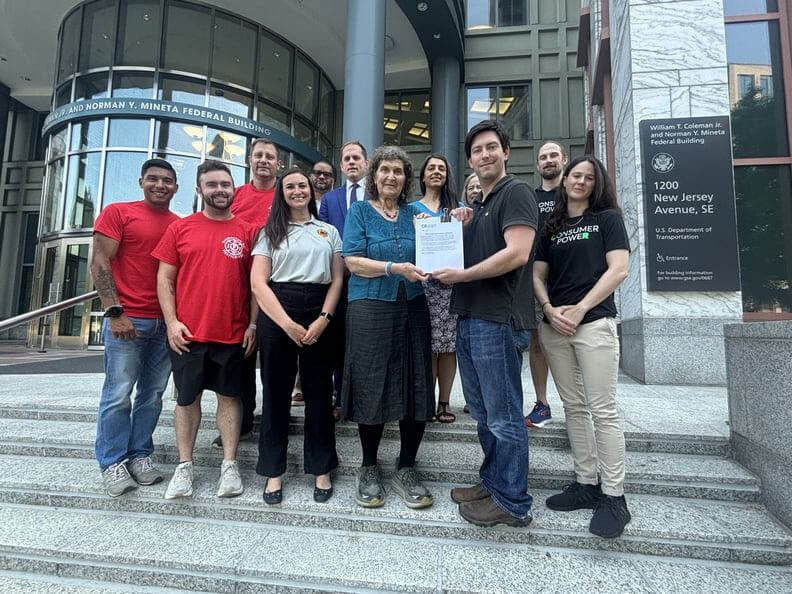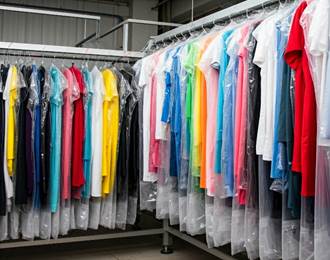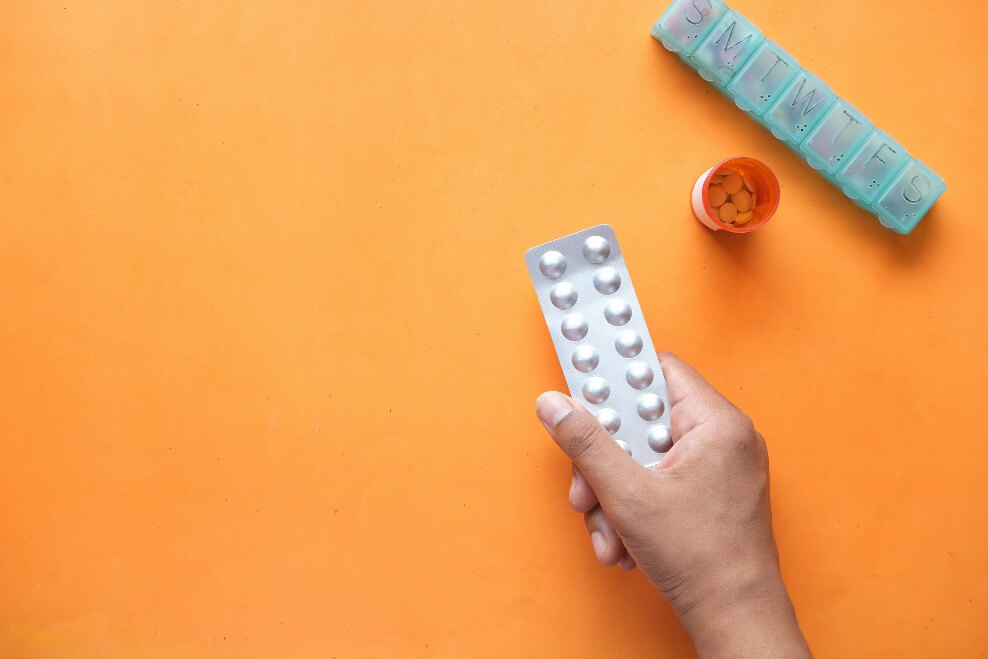January 2025: Find Us in Forbes
In this edition:
- Aerial Fire Retardants
- What's in Your Takeout?
- A Solvent Solution
- PFAS, Pharmaceuticals, and Pollution
- Green Science Policy Institute in the News
- Calendar
I hope you had a wonderful holiday season and a great start to 2025. Our Institute didn’t get much of a break as some exciting and urgent projects emerged in December. We’ll share more soon.
Our good thoughts are with the residents of Los Angeles who are surrounded by wild fires fanned by very high Santa Ana winds. We have received questions about the bright pink or red trails from chemicals being dropped from airplanes to fight the fires. Good to know that these aerial fire retardants do not contain the same harmful brominated and chlorinated flame retardant chemicals that used to be added to furniture and are still used inside cars and in some plastic battery enclosures and building insulation. You can learn more below.
Last month we began my new bimonthly column in Forbes. My most recent article on disinfectant wipes was published on Sunday and already has received nearly 70,000 views. If you are a fan of disinfectant wipes, you may be surprised to learn that they may cause health harm and contribute to antimicrobial resistance. Please check out my article to learn why and share with your network.
To receive an email every time our Institute publishes an article, you can create a free Forbes account and subscribe to my column by clicking on the “Follow” button next to my byline. We also will post new articles on our LinkedIn, Facebook, and our new
BlueSky account.
The most common antimicrobial compounds used in disinfectant wipes and antibacterial hand soaps are from a problematic family of chemicals called quaternary ammonium compounds (QACs). In recent years, we’ve helped sound the alarm on QACs. Indeed, our joint paper on QACs was selected as the best critical review of the year by the peer-reviewed journal ES&T. We’re glad this issue is getting more attention from the scientific community and the public.
Other papers we co-authored received awards as well, including our paper on the essential-use approach which was selected as the best perspective paper of the year by ES&T and "PFAS in Canadian fast food packaging" was chosen by ES&T Letters as one of their best papers of the year.
We’re also happy to see growing awareness of the need to stop using cancer-causing flame retardants in cars. This week we joined Consumer Reports and the International Association of Fire Fighters in submitting a formal Petition for Rulemaking with more than 44,000 consumer signatures calling on the National Highway Traffic Safety Administration (NHTSA) to update its outdated flammability standard for car interiors and child car seats.
To meet this standard (FMVSS 302), automotive manufacturers add harmful flame retardant chemicals to seat foam and other interior materials. This standard has no proven benefit, and these chemicals are often known or suspected carcinogens, endocrine disruptors, and neurotoxins. With this formal petition, NHTSA must make a decision to grant or deny the request within 120 days. Our thanks to you if you are one of the signers of the Consumer Reports support petition.
Finally, we had an excellent end-of-year fundraising campaign! I want to say a big thank you to all our supporters. We really appreciate your long-term interest in our work and look forward to using your generous contributions towards a healthier world with reduced toxics.
With kind regards,
Arlene and the Green Science Policy Team
Aerial Fire Retardants
Adapted from an article by Avery Lindeman
Los Angeles is suffering from unprecedented devastation due to many simultaneous and uncontrolled wildfires. The area had a rainy winter and spring when plants grew tall followed by a very dry summer and fall, setting the stage for fires fanned by powerful Santa Ana winds.
Residents have asked us whether the bright pink or red trails of fire retardant chemicals being dropped from airplanes to battle these blazes are harming people and wildlife. The good news is that aerial flame retardants are not the persistent, bioaccumulative, and toxic brominated and chlorinated chemicals that used to be added to furniture foam and are still used inside vehicles and in the plastic cases around TVs and other electronics.
Most wildland fire fighting products are water-based and were not considered problematic. However, a recent study from USC found that these aerial retardants can contain heavy metals which can be harmful to both human health and to ecosystems. These mixtures can be toxic to aquatic life (for example, if they are dropped into streams). To prevent this, the US Forest Service has a policy of not dropping retardants within 300 feet of waterways.
And that alarming bright pink or red color is a dye added to mark areas where retardant has been dropped—likely not a worry. Learn more in our blog.
What's in Your Takeout?
By Lydia Jahl
If you’ve seen a recent headline about certain boba drinks containing more BPA than a person can safely consume in an entire year, that news is thanks to a group of people who met online and consulted with experts to test nearly 300 common food products for plastics-related chemicals.

After half a million dollars in testing, they found bisphenols, phthalates, and phthalate substitutes in 86% of samples. While less-processed foods contained fewer chemicals than ultra-processed foods, unprocessed food still sometimes contained harmful
bisphenols and phthalates. Expectedly, hot foods that spent 45 minutes in takeout containers had 34% higher chemical levels than the same dishes tested directly from the restaurant—a good reason to transfer takeout to safer dishware, such as glass or
ceramic.
You can peruse the data yourself here, but as the project disclaimer states, the data are just a snapshot of individual product results. Still, this testing, combined with previous literature, suggests that foods most likely to contain high levels of plastic additives include fast food; packaged drinks; fish, meat, and dairy products; and some water. Our advice is to prepare your own food from individual ingredients, use your own stainless steel or glass mug for takeout beverages, and eat a varied diet.
A Solvent Solution
By Ariana Spentzos
In a major win for public health and environmental safety, the EPA announced a landmark ban on trichloroethylene (TCE) and perchloroethylene (perc) in December.
These industrial chemicals, commonly used in products like degreasers, dry cleaning solvents, and in the auto repair industry for cleaning, have long been linked to cancer, immune system damage, and reproductive harm. More recently, both chemicals have been linked to an increased risk of developing Parkinson’s disease.
TCE and perc have caused harm for decades, contaminating soil, air, and drinking water, often in vulnerable communities near industrial sites. The new rules will ban TCE use entirely—within one year for most uses and some time-limited exemptions for use
in EV batteries and cleaning of aerospace parts with stronger workplace protections. Most uses of perc will be prohibited within three years, with a longer timeline for dry cleaners.
This decision builds on years of advocacy from affected families and environmental groups. Anne Anderson’s began her fight against TCE contamination in Woburn, MA, after her three year old son Jimmy’s leukemia diagnosis in 1972 and death nine agonizing years later. Her story and subsequent lawsuit were told in the best selling 1995 book, A Civil Action and dramatized in the 1998 movie A Civil Action.
Stopping the use of such harmful substances will help prevent cancers, birth defects, and other health harm. This ban, more than half a century after the harm of TCE became known, underscores the urgent need to prioritize health over hazardous chemicals in consumer and industrial products.
PFAS, Pharmaceuticals, and Pollution
by Rebecca Fuoco
Are your daily prescriptions polluting your drinking water?
A new study from our colleague Elsie Sunderland found that up to 75% of extractable organofluorine (a proxy for total PFAS) in U.S. wastewater consists of commonly prescribed fluorinated pharmaceuticals. These include antidepressants, statins, and diabetes medications. Current wastewater treatment technology does not remove PFAS, allowing most of it to reenter drinking water supplies.
The EPA’s current drinking water regulations for PFAS focus on just six specific PFAS compounds, neglecting many other PFAS, including these polyfluorinated pharmaceuticals. Sunderland's research found that these six regulated PFAS constitute only a small fraction (8%) of PFAS in wastewater.
The climate crisis further complicates the issue. As droughts become more frequent and severe, many communities will increasingly rely on treated wastewater for drinking water supplies. It is urgent that we take a more comprehensive approach to PFAS,
regulating and eliminating nonessential uses of the whole class.
While this is a systemic issue, one way individuals can help is by properly disposing of their unused medications. Check out the FDA’s webpage on take-back programs and safe disposal guidance.
Green Science Policy Institute in the News

by Rebecca Fuoco
Below are recent news articles, blogs, podcasts, newsletters, and more that have featured our Institute’s work and expertise.
- The New York Time's Wirecutter interviewed Arlene about regulations banning PFAS in clothing and outdoor gear. “My jackets would work fine on Mount Everest without PFAS," she said.
- An article in VeryWell Health explained the harms and lack of benefit of antibacterial soap, citing our paper on QACs and our letter to the FDA.
- Anna and Rebecca co-authored an article in New Food magazine about the status of PFAS in food packaging.
- Arlene talked to the Houston Chronicle about the difference between managing PFAS individually and as a class.
- MillerKnoll has become the first office furniture manufacturer to go PFAS-free, according to Textile World. The article mentions the study we conducted with one of the company’s brands finding that PFAS aren’t really effective in fighting furniture stains.
- An article in Fashion Capital about circular fashion and PFAS cited our study finding PFAS in school uniforms.
Calendar
January 26, 2025 at 4-7pm Pacific:
Mill Valley Golf Course Clubhouse, 267 Buena Vista Avenue, Mill Valley
The Explorers Club Northern California Meeting & Dinner
Arlene Blum will present an illustrated talk about her adventures climbing high mountains around the world: Breaking Trail: A Climbing Life.
More info; purchase Tickets.
March 12, 2025 at 2pm Pacific:
Lydia Jahl will give a virtual talk to the California Dept. of Toxic Substances Control entitled "Flame retardants in the air and seat foam of personal vehicles.”
Receive Updates By Email
Subscribe to our monthly newsletter and get these updates delivered right to your inbox!




